Oshougatsu, the traditional Japanese New Year festival , is the most important holiday of the year, deeply rooted in the unique culture of the Land of the Rising Sun. With its traditional rituals, distinctive dishes, and festive atmosphere, Oshougatsu is not only a time for rest but also an opportunity to explore the beauty of Japanese culture.
1. Introduction to the traditional Japanese New Year (Oshougatsu)
Oshougatsu, the traditional Japanese New Year, is a major holiday of the year (Photo source: Collected)
The Japanese New Year, also known as Oshougatsu, is a major holiday that takes place in January every year. "Oshougatsu" in Japanese means "First Moon", an expression to honor Toshigamisama - the god of health, luck and prosperity for everyone in the new year.
Oshougatsu (New Year's Day) has ancient origins, dating back to the 6th century when Buddhism was introduced to Japan. Around 1945, the custom of "kazoedoshi" (a traditional New Year's Eve celebration) was established, meaning everyone's age was added to theirs at midnight on New Year's Eve. This is why Oshougatsu is considered the most special occasion of the year, when families gather, reunite, and receive blessings from the gods.
Although Japan officially switched to celebrating the Lunar New Year in 1873, in some areas such as Okinawa and the Nansei Islands, people still maintain the custom of celebrating the Lunar New Year. Additionally, Chinatowns in Yokohama and Kobe also hold large events to celebrate the Lunar New Year.
2. Traditional New Year customs of Japanese people
2.1. Hang Shimenawa in front of the house.
Japanese custom of hanging Shimenawa in front of the house (Photo source: Collected)
As the new year approaches, Japanese families decorate their homes or businesses with Kadomatsu trees – a harmonious blend of bamboo and pine. The bamboo is cut diagonally, symbolizing a ladder leading to the god Toshigamisama, while the pine represents longevity and enduring vitality. Ropes braided from dried grass, white paper, and Shimekazari amulets are also added to ward off evil spirits and wish for a peaceful and prosperous new year. The god Toshigamisama is believed to reside in the Kadomatsu tree, bringing blessings to the household.
2.2. Visiting temples on New Year's Day - Hatsumoude
Hatsumoude is a Japanese custom of praying for peace at the beginning of the year (Photo source: Collected)
Hatsumoude, or the custom of visiting temples at the beginning of the year, is an occasion for Japanese people to visit famous temples and shrines to pray for health, peace, and happiness. The atmosphere is always bustling with people buying lucky charms, drawing fortune slips, and offering prayers. This is not only a traditional ritual but also a moment for people to renew their souls and seek peace in the new year.
2.3. Worshiping ancestors and deities
For the Japanese, New Year's is a time to show reverence to their ancestors and deities. They prepare mochi (rice cakes) and Tokonoma (rice cakes) and place them on altars as a ritual to express gratitude and pray for protection. This worship tradition also embodies the belief in the connection between the living and the deceased. Generations of descendants pray to their ancestors, while their deceased grandparents and parents are believed to bless and guide their descendants.
2.4. Giving lucky money and sending greeting cards at the beginning of the new year.
Giving lucky money is a way of sending good wishes on New Year's Day (Image source: Collected)
On New Year's Day, Japanese children receive Otoshidama – New Year's money – from their grandparents, parents, and relatives. These red envelopes contain not only money but also wishes for their growth, good behavior, and academic success. Alongside this, the Japanese also write New Year's greeting cards to friends, colleagues, and relatives. These sincere wishes express gratitude and appreciation for the relationships in their lives.
2.5. Play folk games at the Japanese New Year festival
Flying kites (Takoage) is a traditional New Year's game in Japan (Image source: Collected).
The traditional Japanese New Year, Oshougatsu, is also an occasion for people to immerse themselves in folk games. Colorful kites soaring in Takoage kite flying, the enthusiastic applause during Hanetsuki badminton matches, and the skillful spinning of Komamawashi tops all contribute to the joyful and warm atmosphere of the first day of the new year.
3. Traditional Japanese New Year dishes
3.1. Ozoni
Ozoni - Traditional dish on Oshougatsu (Photo source: Collected)
Ozoni is a traditional soup featuring mochi (rice cakes), vegetables, and various other ingredients, depending on the region of Japan. In Tokyo, the soup is made with dashi broth, chicken, spinach, and grilled mochi, symbolizing wishes for happiness and prosperity. Meanwhile, Kyoto is known for its white miso, taro, radish, and round mochi, representing family harmony and abundance. The diversity in how ozoni is prepared makes it a unique symbol of the New Year.
3.2. Kagamimochi Cake
Kagamimochi cake - An indispensable cake during Japanese New Year (Photo source: Collected)
Kagamimochi is a particularly important traditional food in Japanese New Year's culture, specifically Oshougatsu . With two layers of mochi stacked on top and a tangerine placed on top, kagamimochi is not only an offering to the gods but also a symbol of completeness and good fortune. The Japanese believe that when the whole family shares and enjoys kagamimochi together, the gods will bestow blessings, bringing a new year filled with happiness and prosperity.
3.3. Osechi
Osechi - "New Year's Eve meal" of Japanese people (Photo source: Collected)
Osechi, also known as the "New Year's feast," is a symbol of reunion and New Year's blessings. The dishes in Osechi are prepared before the New Year and arranged in multi-tiered wooden boxes, signifying "happiness upon happiness." Each dish in Osechi carries a message of good fortune: kobumaki seaweed symbolizes joy, sake-steamed shrimp represents longevity, kazunoko herring conveys wishes for many children and grandchildren, and nimono braised meat represents abundance. The Osechi feast is not just a meal, but also a wish for a year filled with blessings.
The traditional Japanese New Year, Oshougatsu, is a wonderful opportunity to immerse yourself in the vibrant atmosphere of the beginning of the year, explore unique cultural aspects, and enjoy exquisite cuisine. Join Vietravel to discover this unique festival season, witness the New Year's scenery in the Land of the Rising Sun firsthand, and create unforgettable memories!
Source: https://www.vietravel.com/vn/am-thuc-kham-pha/tet-truyen-thong-nhat-ban-oshougatsu-v16121.aspx


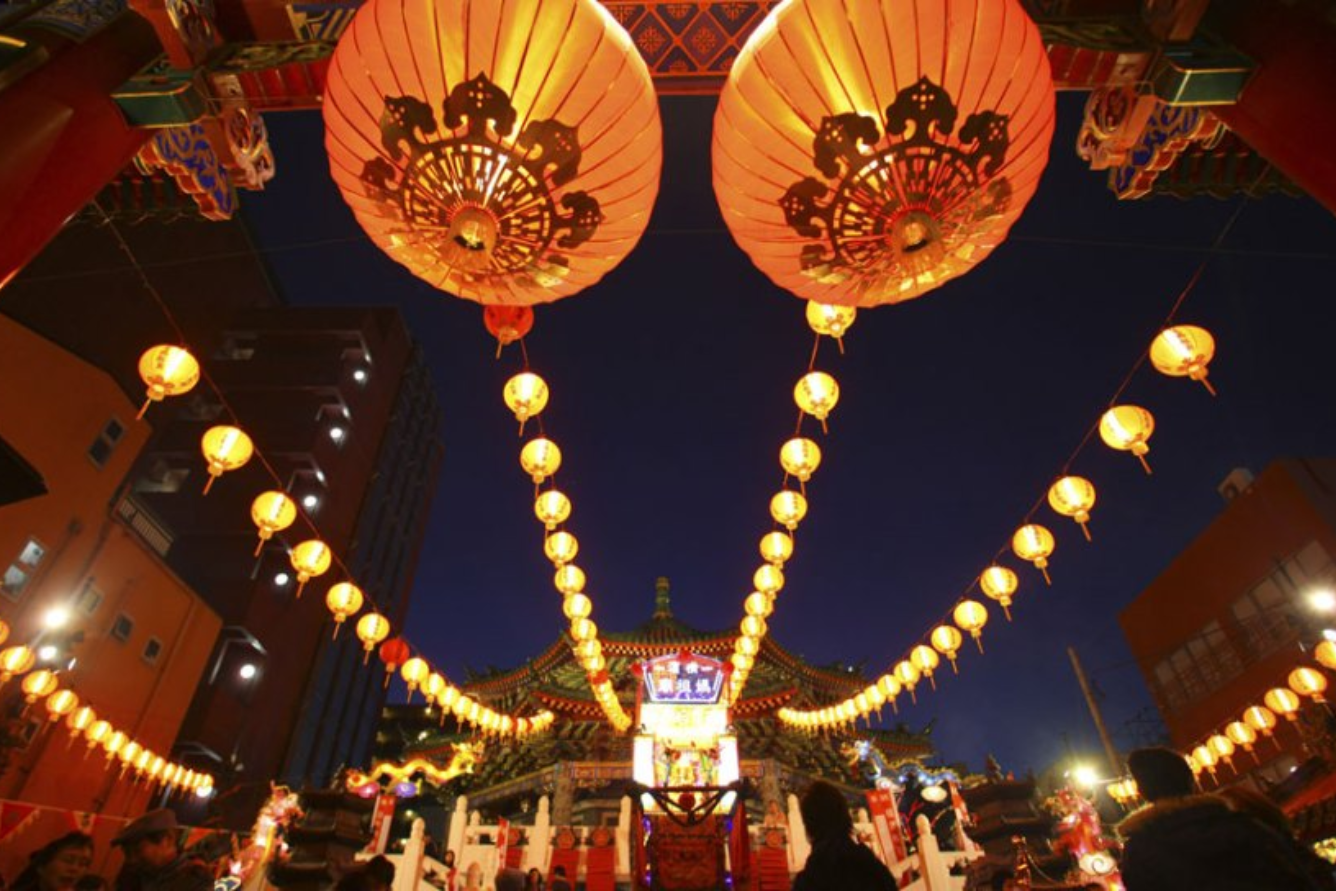
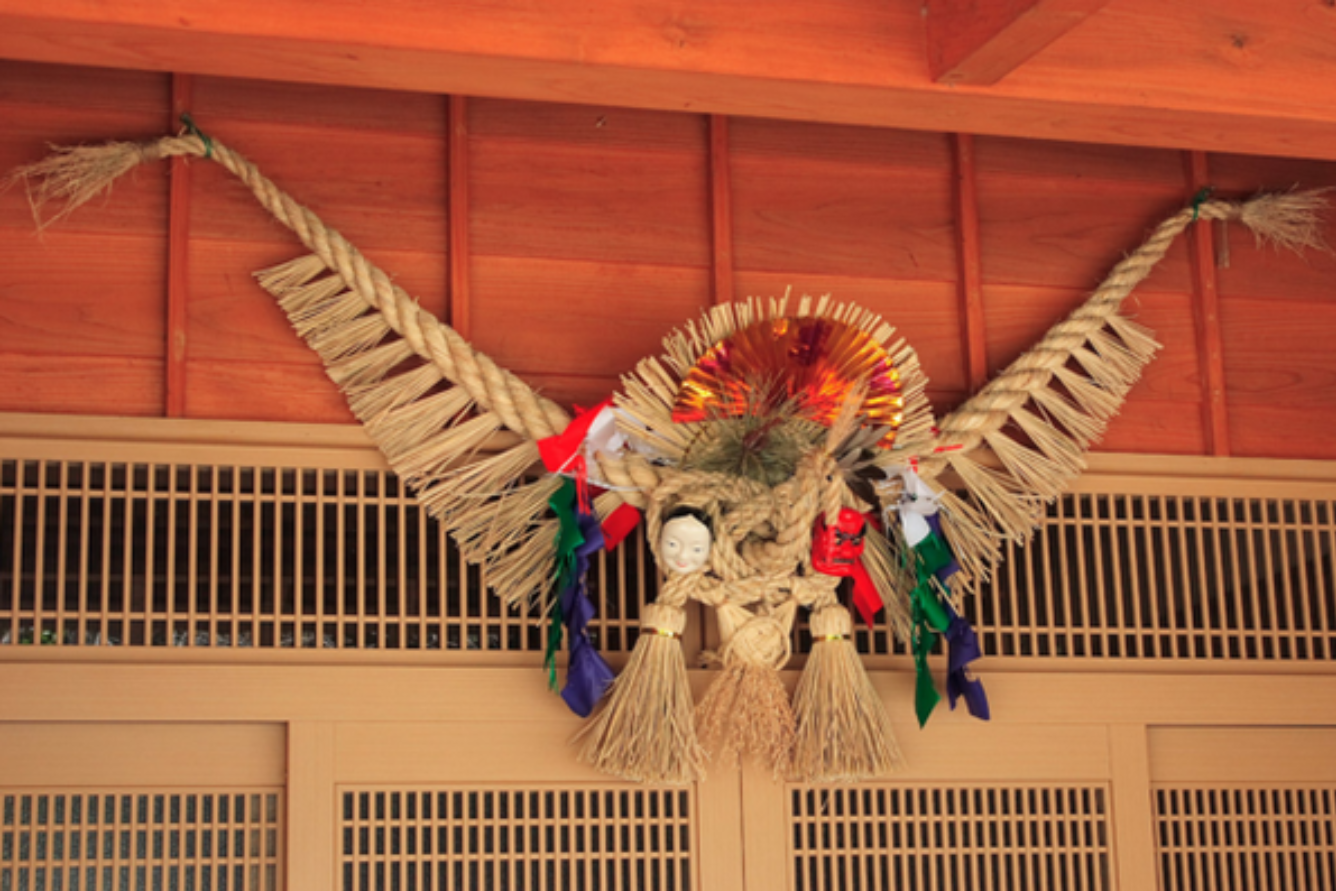
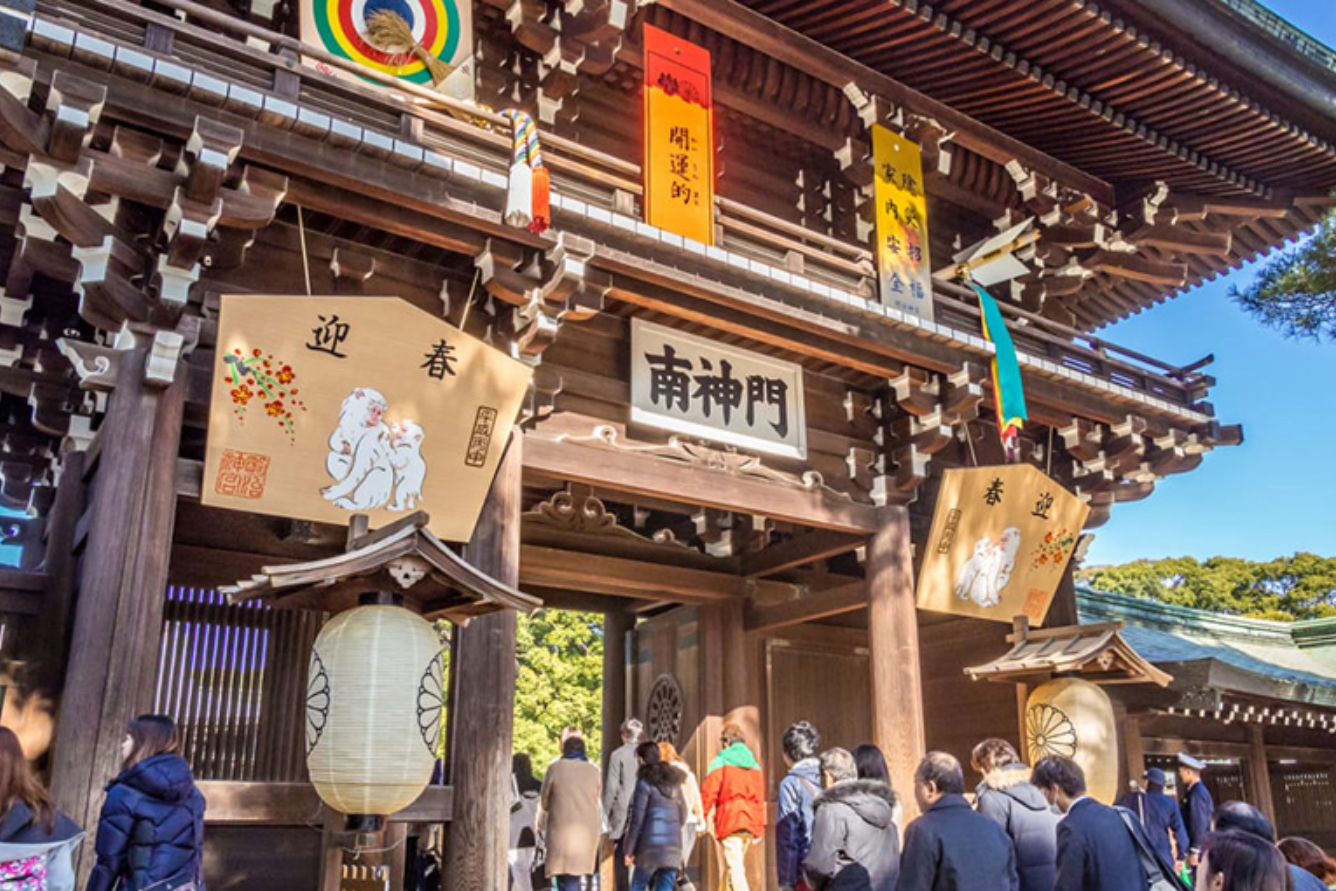
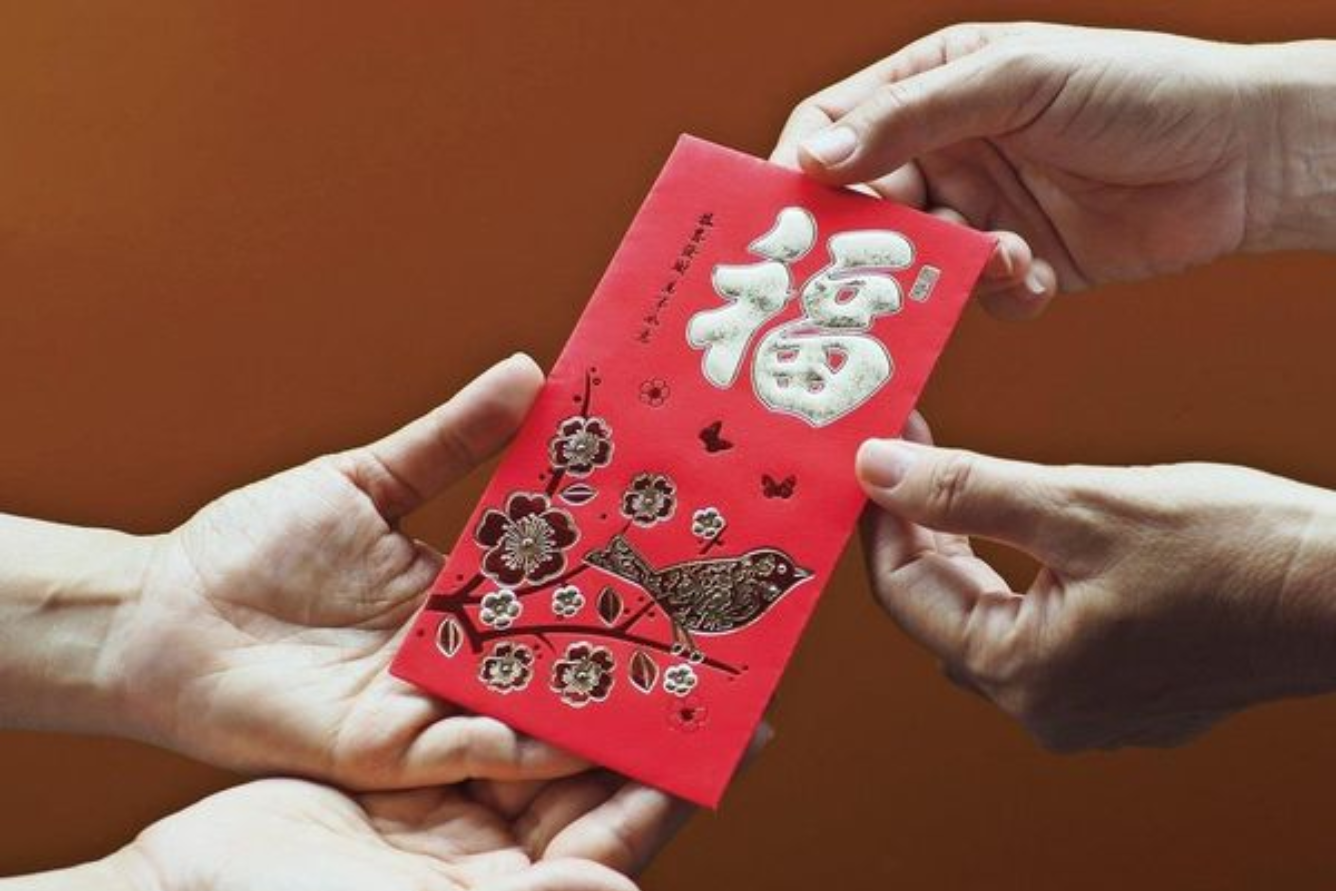
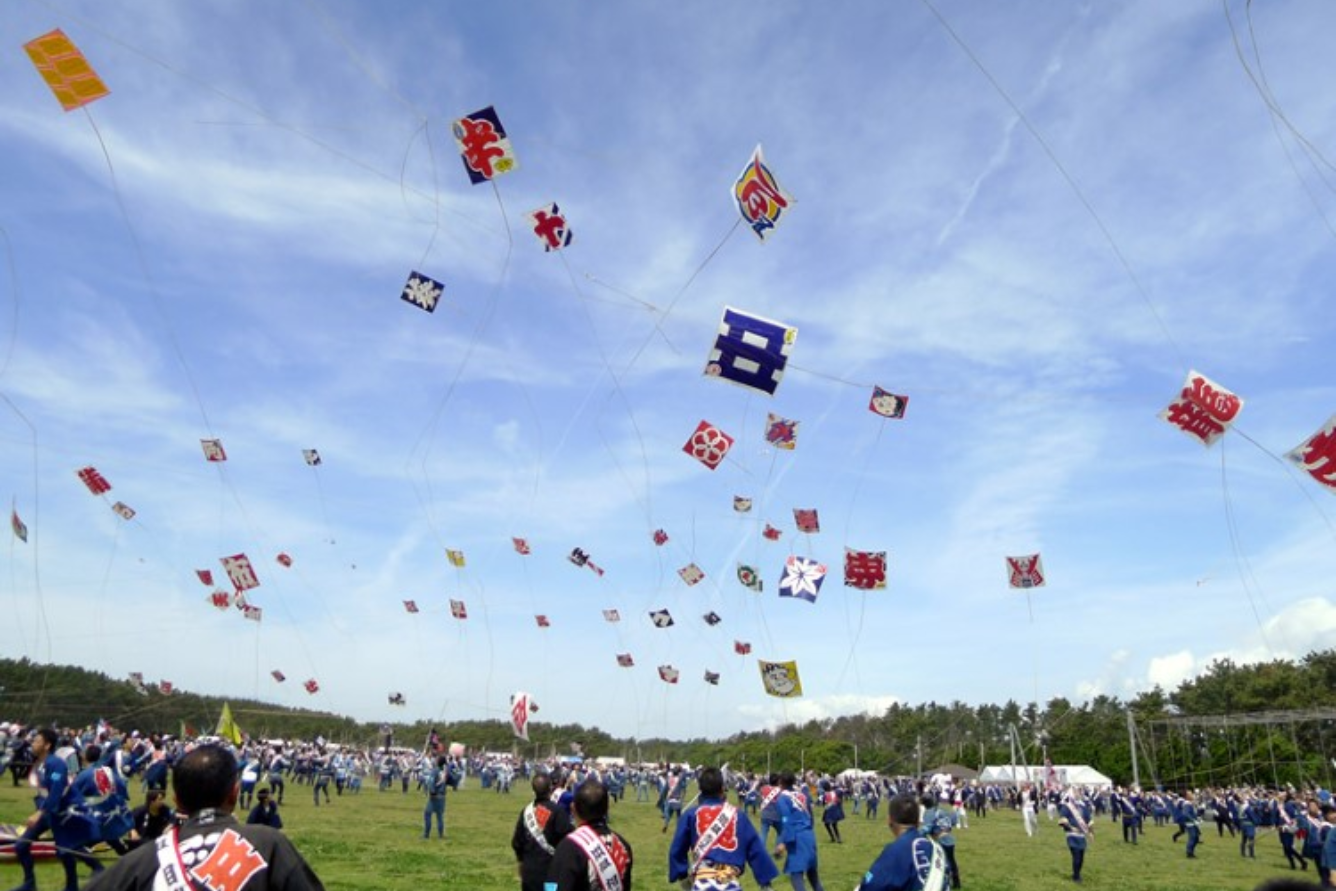
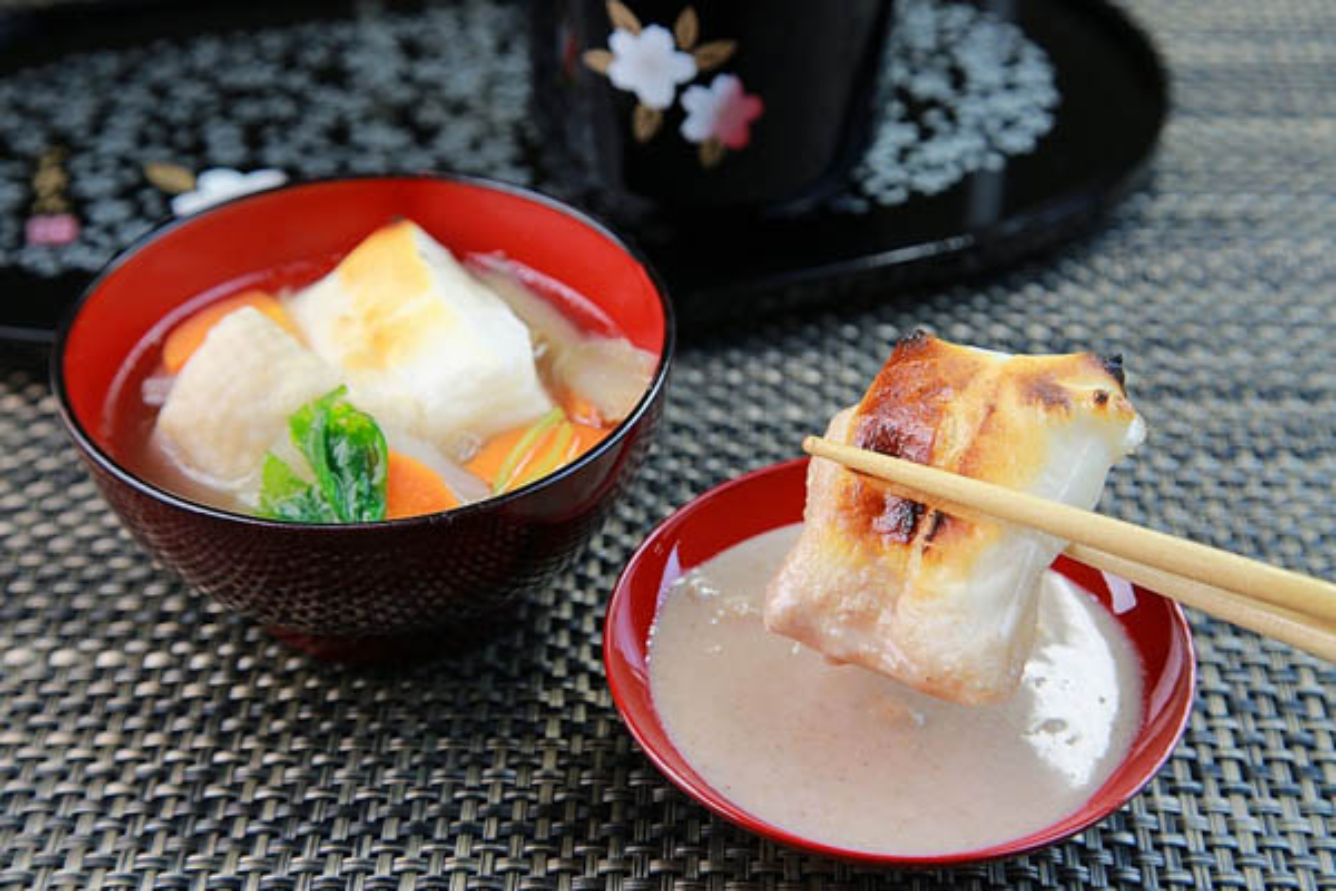
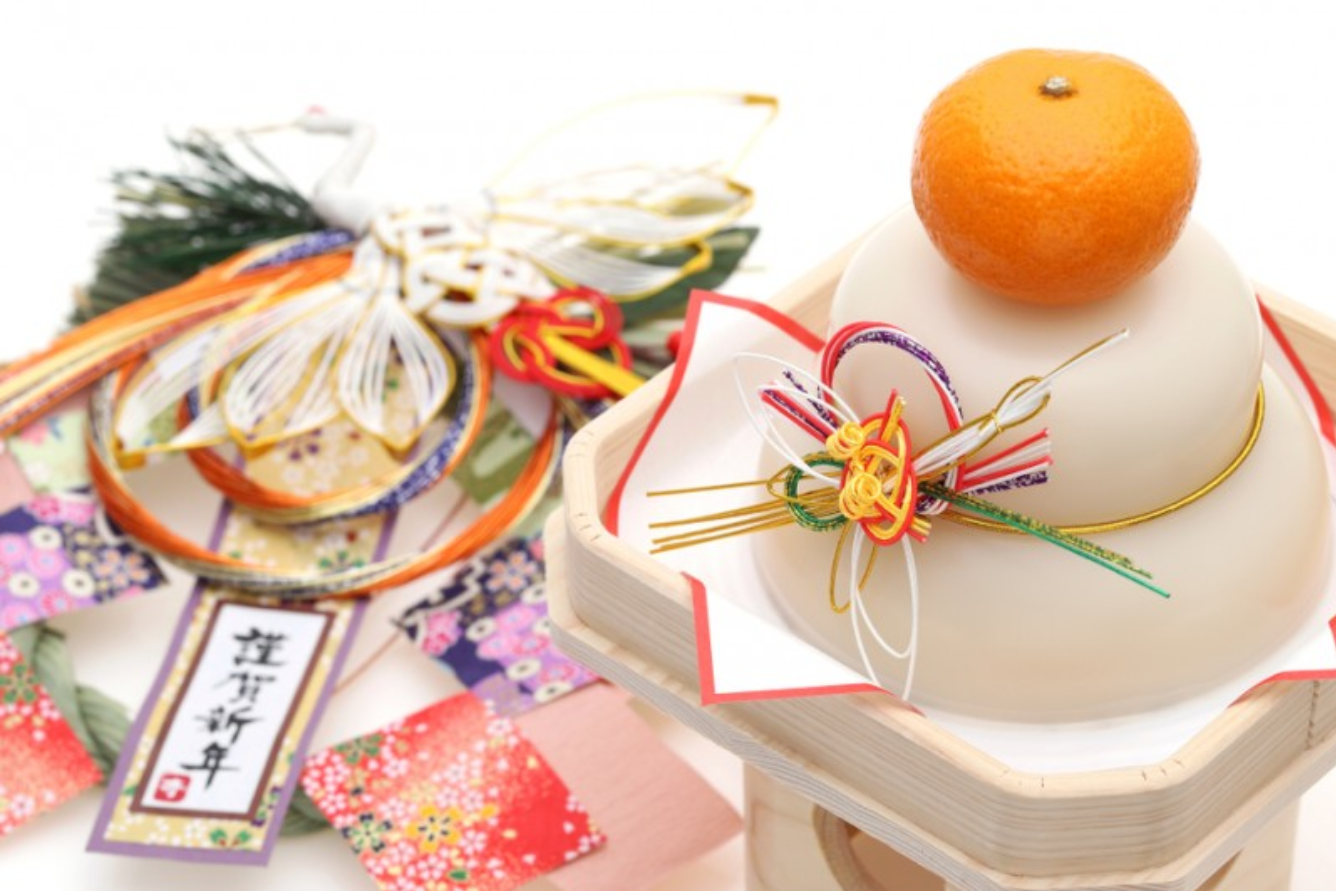
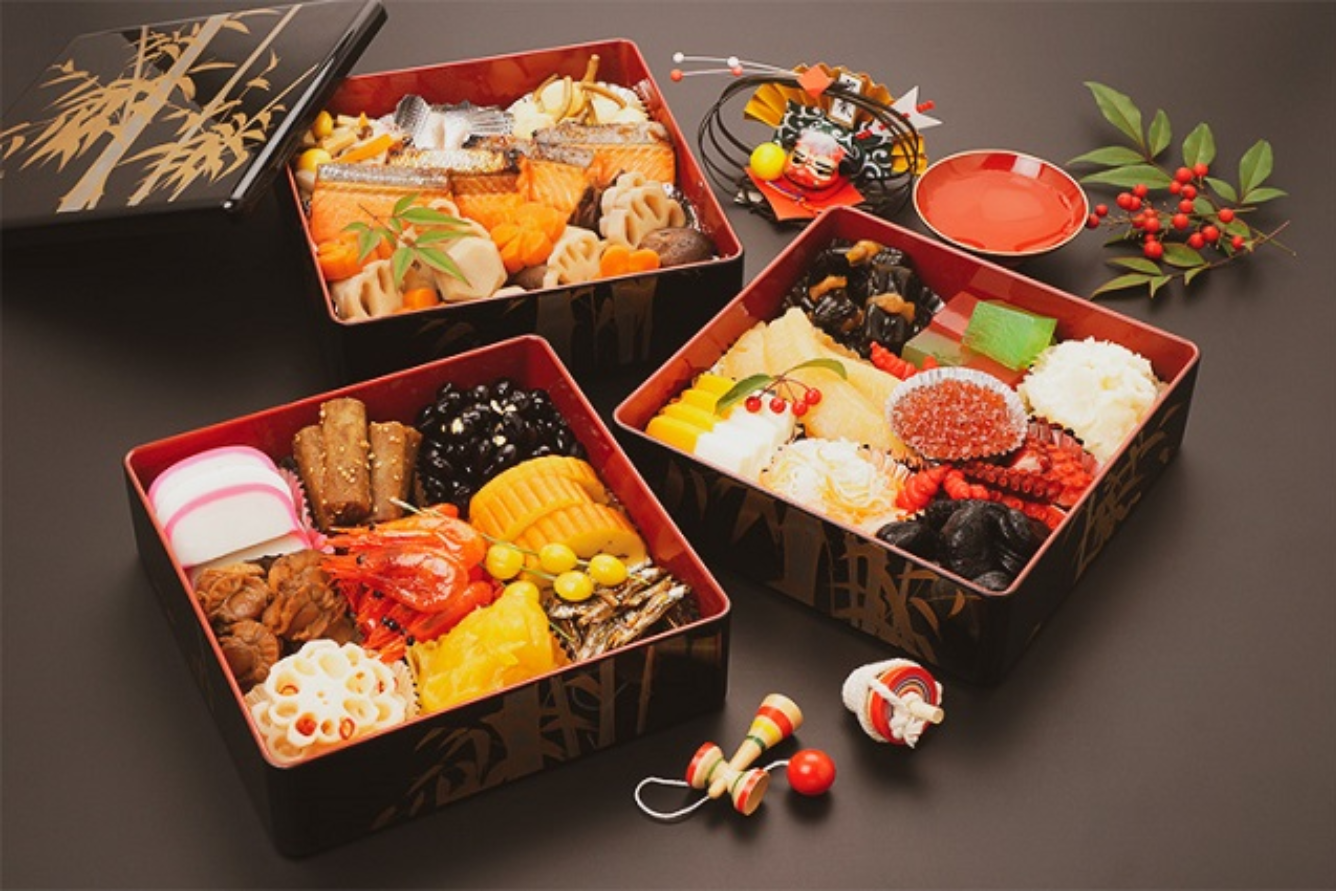




![[Photo] Prime Minister Pham Minh Chinh holds a phone call with the CEO of Russia's Rosatom Corporation.](/_next/image?url=https%3A%2F%2Fvphoto.vietnam.vn%2Fthumb%2F1200x675%2Fvietnam%2Fresource%2FIMAGE%2F2025%2F12%2F11%2F1765464552365_dsc-5295-jpg.webp&w=3840&q=75)










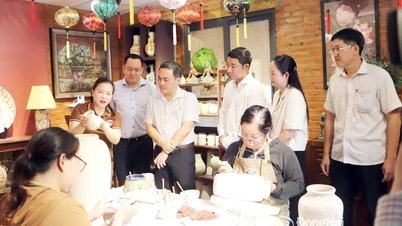

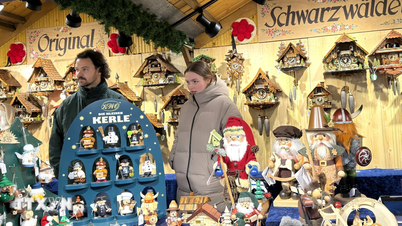

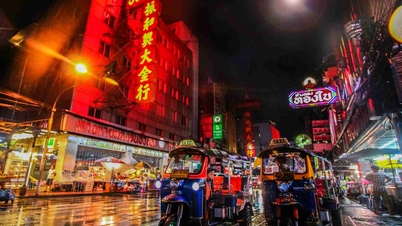

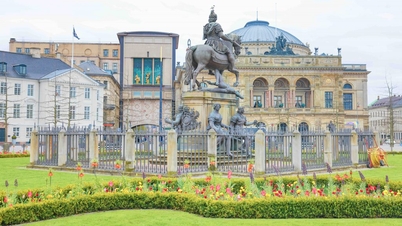
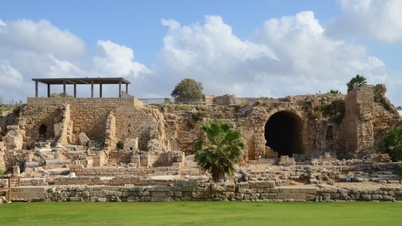

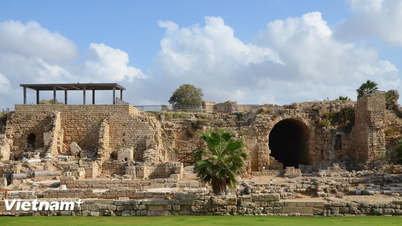







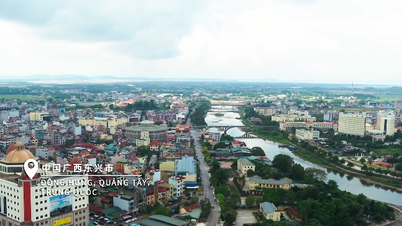






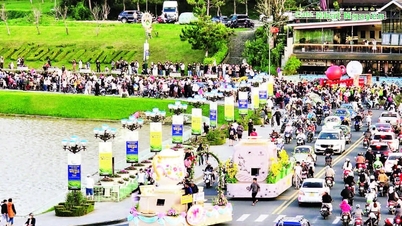

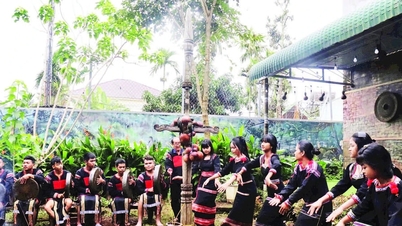
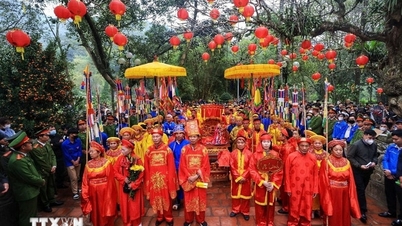

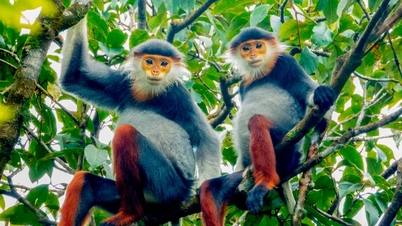



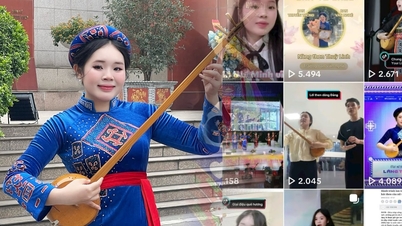
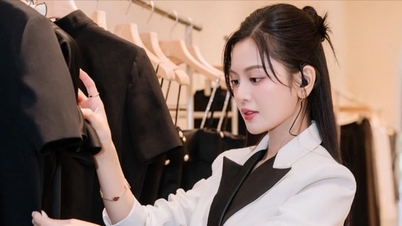

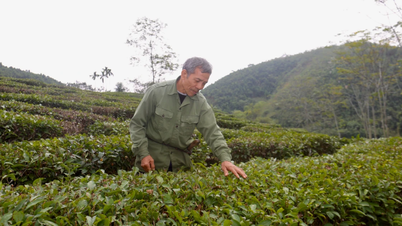























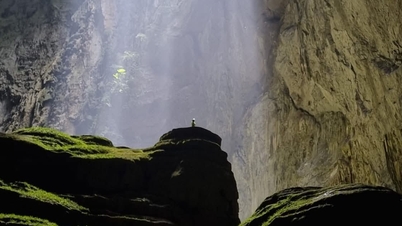








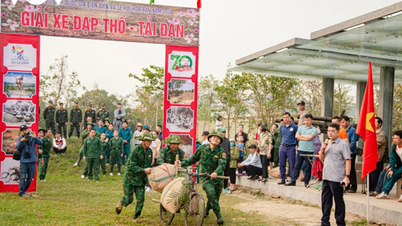




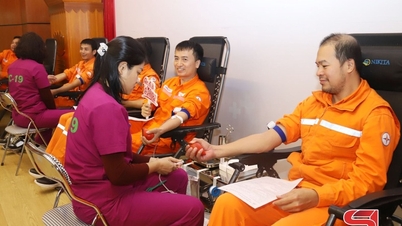
















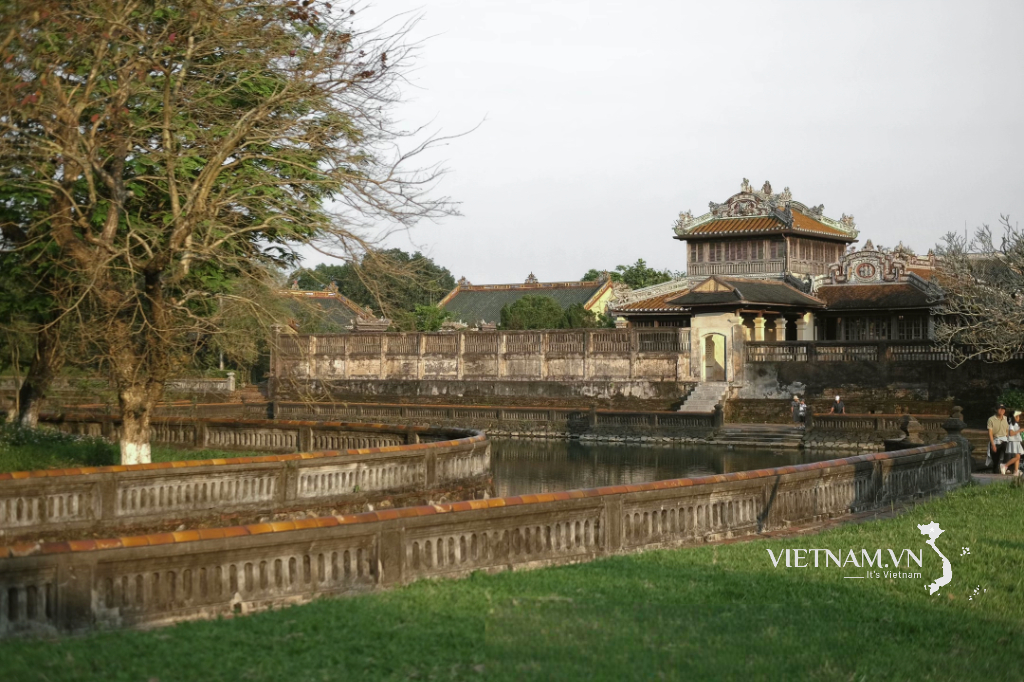

Comment (0)